Defying Gravity: The Rise of Acrobatic Arts in Modern Performance
In an age where entertainment constantly evolves, one genre is soaring to new heights—literally. Acrobatic arts are experiencing a renaissance as they blend physical prowess with artistic expression. This fusion of athleticism and creativity is redefining the landscape of modern performance, captivating audiences worldwide, and challenging traditional boundaries.
The Evolution of Acrobatic Arts
Historically, acrobatics can be traced back thousands of years to ancient civilizations like China, Greece, and Egypt. These performances often served as a means of celebration or storytelling. Fast forward to the 20th century, and we see acrobatics integrated into circuses and theatrical productions. However, it wasn’t until the late 20th and early 21st centuries that acrobatic arts truly began to diversify and flourish in the mainstream.
The emergence of companies such as Cirque du Soleil showcased the potential of acrobatics beyond traditional circus acts. By integrating narrative, innovative choreography, and breathtaking visuals, they introduced audiences to a new form of storytelling that utilized acrobatic skills as a core element rather than an auxiliary spectacle. The success of such companies laid the groundwork for a burgeoning movement exploring the intersection of acrobatics, dance, theater, and even technology.
Contemporary Influences and Interdisciplinary Collaborations
The rise of acrobatic arts has seen an influx of interdisciplinary collaborations. Choreographers from the dance world have begun to incorporate acrobatic movements into their works, creating a genre that marries the precision of ballet with the daring stunts of circus acts. Companies like Compagnie XY in France and The 7 Fingers have gained international acclaim by blending contemporary dance with acrobatics, producing compelling narratives that resonate on multiple emotional levels.
Moreover, the integration of acrobatics into other performance arts has opened new avenues for creative expression. From Broadway productions such as Pippin, which features stunning aerial and acrobatic choreography, to immersive theatrical experiences like Sleep No More, where audience members move through spaces as acrobats perform around them, the influence of acrobatics is ubiquitous.
Technology Meets Talent
The rise of technology has also impacted the acrobatic arts, enabling performers to enhance their acts and broaden their reach. High-definition projection mapping and 3D technologies allow for visually stunning performances that challenge the perception of reality. Innovations in rigging and safety equipment have made previously impossible stunts feasible, opening new possibilities for accomplished performers who strive to push their limits.
Social media platforms have given rise to a new generation of acrobatic performers who showcase their skills online and build fan bases that transcend geographical boundaries. This democratization of performance allows for diverse talent to emerge, as individuals from varied backgrounds share their unique interpretations of acrobatic arts with the world.
The Impact on Audience Engagement
As the acrobatic arts have evolved, so too has audience engagement. Today’s spectators expect interactive and immersive experiences that go beyond passive viewing. Acrobatic performances often break the fourth wall, inviting the audience to be part of the narrative. This engagement fosters a deeper connection between performers and spectators, transforming the nature of live performance.
The emotional resonance of acrobatic arts, combined with the visceral thrill of physical feats, creates a unique experience that can inspire awe, empathy, and even introspection. Performers defy gravity but also societal constraints, using their bodies to convey messages of resilience, vulnerability, and strength.
A Bright Future for Acrobatic Performance
As we look ahead, the future of acrobatic arts appears incredibly bright. With a continual push for innovation and creativity, the genre is poised to expand its influence even further. Festivals dedicated to acrobatics are gaining traction, providing platforms for both established and emerging artists to showcase their talents.
Additionally, as more individuals recognize the mental and physical benefits of acrobatic training, there has been a significant shift in how people perceive movement and performance. Acrobatics is not reserved solely for skilled performers; it has become accessible to the general public, encouraging participation through classes, workshops, and community events.
Conclusion
The rise of acrobatic arts in modern performance is a testament to the human spirit’s desire to push beyond limits. As performers continue to defy gravity, so too do they challenge expectations and redefine what it means to communicate through movement. The integration of acrobatics into a wide array of artistic expressions signifies a transformation in the entertainment landscape, one that celebrates the beauty of the human body and the triumph of creativity. With every breathtaking move, acrobatic artists remind us that the sky is not the limit; it’s just the beginning.
[modern_footnote_source_link]









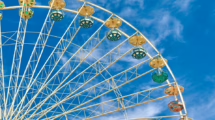





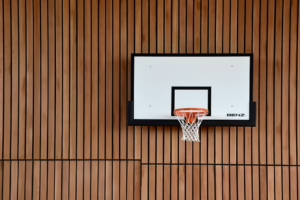

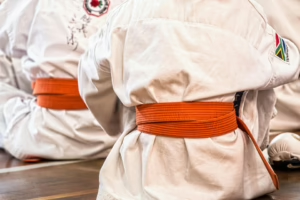
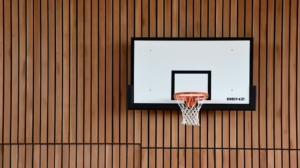

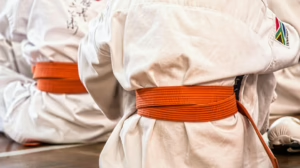




Add Comment